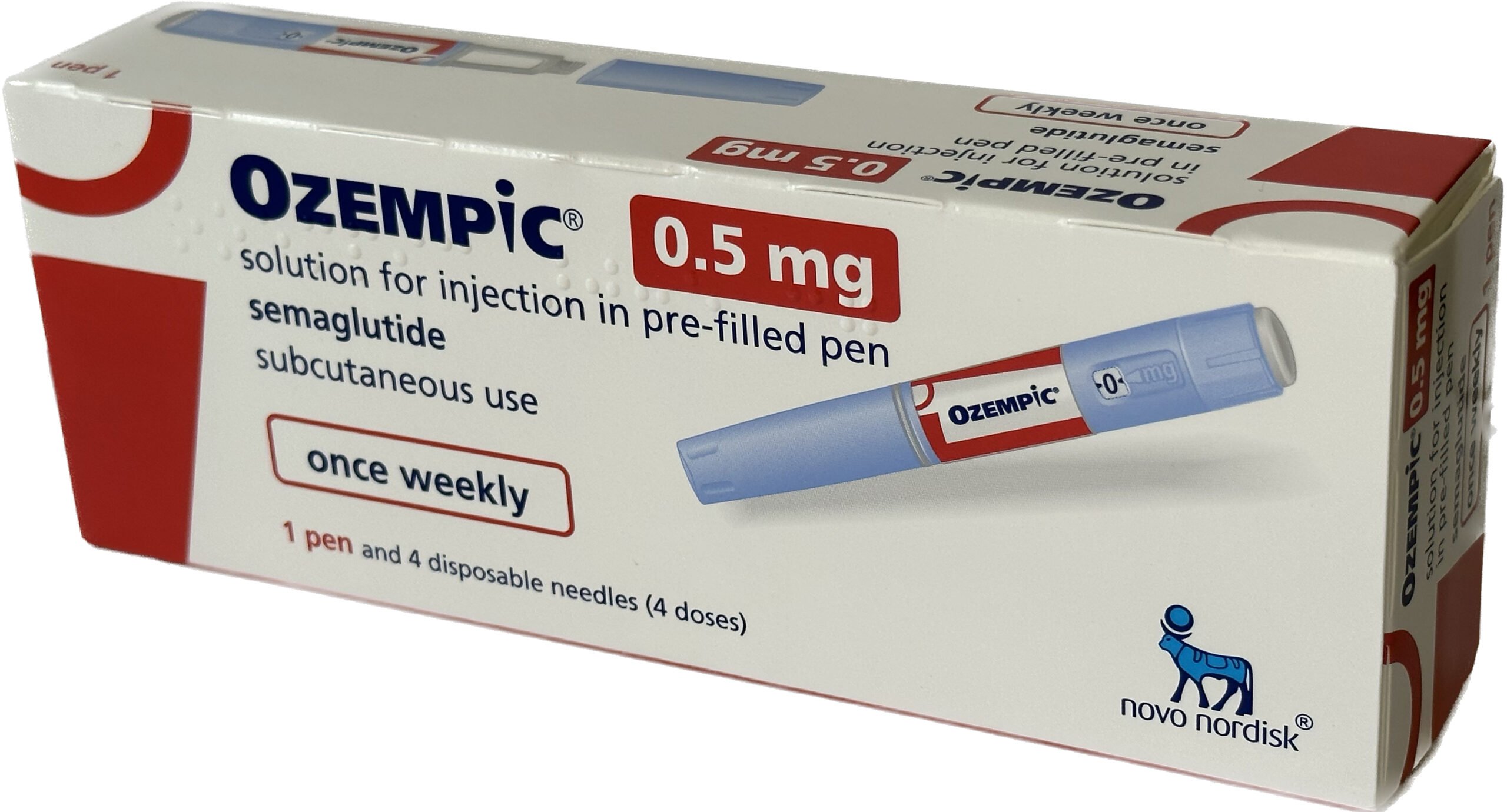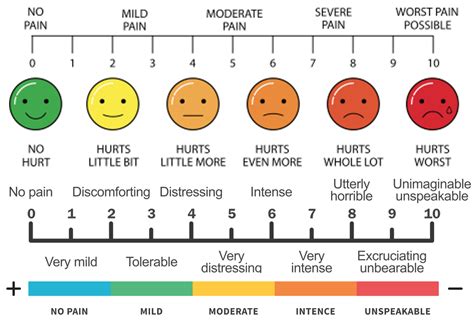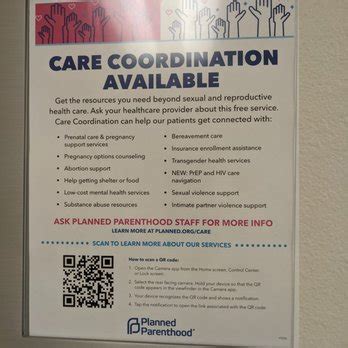Navigating the complex world of medical coverage can be a daunting task, especially when it comes to expensive medications like Ozempic. If you’re one of the millions of people living with type 2 diabetes, you’re likely no stranger to the financial burdens that come with managing your condition. In this comprehensive guide, we’ll delve into the world of Ozempic medical coverage, exploring the various options available to help make this life-changing medication more affordable.
Understanding Ozempic and Its Benefits

Before we dive into the nitty-gritty of medical coverage, it’s essential to understand what Ozempic is and how it works. Ozempic, also known as semaglutide, is a prescription medication used to treat type 2 diabetes. It belongs to a class of drugs called glucagon-like peptide-1 (GLP-1) receptor agonists, which work by mimicking the effects of a natural hormone in the body to help lower blood sugar levels. Ozempic has been shown to be highly effective in reducing hemoglobin A1c (HbA1c) levels, as well as promoting weight loss and improving cardiovascular outcomes.
Insurance Coverage for Ozempic

So, does insurance cover Ozempic? The answer is yes, but the extent of coverage varies depending on your specific insurance plan. Most major insurance providers, including Medicare and Medicaid, cover Ozempic for the treatment of type 2 diabetes. However, coverage may be subject to certain restrictions, such as prior authorization or step therapy requirements.
Medicare Coverage
Medicare Part D and Medicare Advantage plans often cover Ozempic, but the out-of-pocket costs can vary significantly depending on your plan’s formulary and tier structure. Some Medicare plans may require prior authorization or have quantity limits on Ozempic prescriptions. You can check your Medicare plan’s coverage and costs using the Medicare Plan Finder tool.
Medicaid Coverage
Medicaid coverage for Ozempic also varies by state. Some states may require prior authorization or have preferred drug lists that limit access to Ozempic. However, many states have recognized the clinical benefits of Ozempic and have added it to their preferred drug lists, making it more accessible to Medicaid beneficiaries.
Private Insurance Coverage
Private insurance plans, including employer-sponsored and individual plans, often cover Ozempic, but the extent of coverage can vary widely. Some plans may require prior authorization, step therapy, or have specific requirements for documentation and medical records. It’s essential to review your insurance plan’s formulary and policy documents to understand the specifics of Ozempic coverage.
Patient Assistance Programs (PAPs)
If you’re struggling to afford Ozempic, patient assistance programs (PAPs) can provide valuable support. Novo Nordisk, the manufacturer of Ozempic, offers a PAP called the Ozempic Savings Card, which can help reduce out-of-pocket costs for eligible patients. Additionally, non-profit organizations like the Patient Access Network Foundation (PAN) and the HealthWell Foundation provide financial assistance for patients with type 2 diabetes who are unable to afford their medications.
Step Therapy and Prior Authorization
Step therapy and prior authorization are common reimbursement strategies used by insurance providers to manage costs and ensure that patients receive the most effective and cost-efficient treatment. Step therapy requires patients to try a lower-cost medication before being approved for a more expensive alternative, while prior authorization requires healthcare providers to obtain approval from the insurance company before prescribing a specific medication.
Appealing Denials
If your insurance provider denies coverage for Ozempic, you have the right to appeal the decision. It’s essential to work closely with your healthcare provider to gather supporting documentation and medical records that demonstrate the medical necessity of Ozempic for your treatment plan. You can also contact your insurance provider’s customer service department to request a review of the denial and provide additional information to support your appeal.
Costs and Savings

The cost of Ozempic can vary depending on your insurance plan, location, and pharmacy. On average, the monthly cost of Ozempic can range from 800 to 1,200 without insurance. However, with insurance coverage and patient assistance programs, the out-of-pocket costs can be significantly reduced.
Ozempic Savings Card
The Ozempic Savings Card is a valuable resource for patients who are eligible for the program. This card can help reduce the monthly cost of Ozempic to as low as $25 for a 30-day supply. To be eligible, patients must have a valid prescription for Ozempic, be 18 years or older, and have commercial insurance.
Cash Pay Options
If you’re uninsured or underinsured, you may be able to purchase Ozempic at a discounted rate through cash pay options like GoodRx or Blink Health. These programs can help reduce the cost of Ozempic, but be sure to review the terms and conditions carefully to ensure you’re getting the best deal.
Conclusion
Navigating the complex world of medical coverage for Ozempic requires patience, persistence, and a deep understanding of the various options available. By exploring insurance coverage, patient assistance programs, and cost-saving strategies, you can make this life-changing medication more affordable and take control of your type 2 diabetes management. Remember to stay informed, advocate for yourself, and work closely with your healthcare provider to ensure you’re getting the support you need to thrive.
FAQ Section
Is Ozempic covered by Medicare?
+Yes, Ozempic is covered by Medicare Part D and Medicare Advantage plans, but coverage may be subject to prior authorization or step therapy requirements.
How much does Ozempic cost without insurance?
+The monthly cost of Ozempic without insurance can range from $800 to $1,200, depending on the pharmacy and location.
Can I get Ozempic for free?
+While Ozempic is not free, patient assistance programs like the Ozempic Savings Card and non-profit organizations can help reduce the cost to as low as $25 for a 30-day supply.
By following this comprehensive guide, you’ll be empowered to navigate the complex world of Ozempic medical coverage and make informed decisions about your type 2 diabetes management. Remember to stay proactive, advocate for yourself, and explore the various resources available to ensure you’re getting the support you need to thrive.



